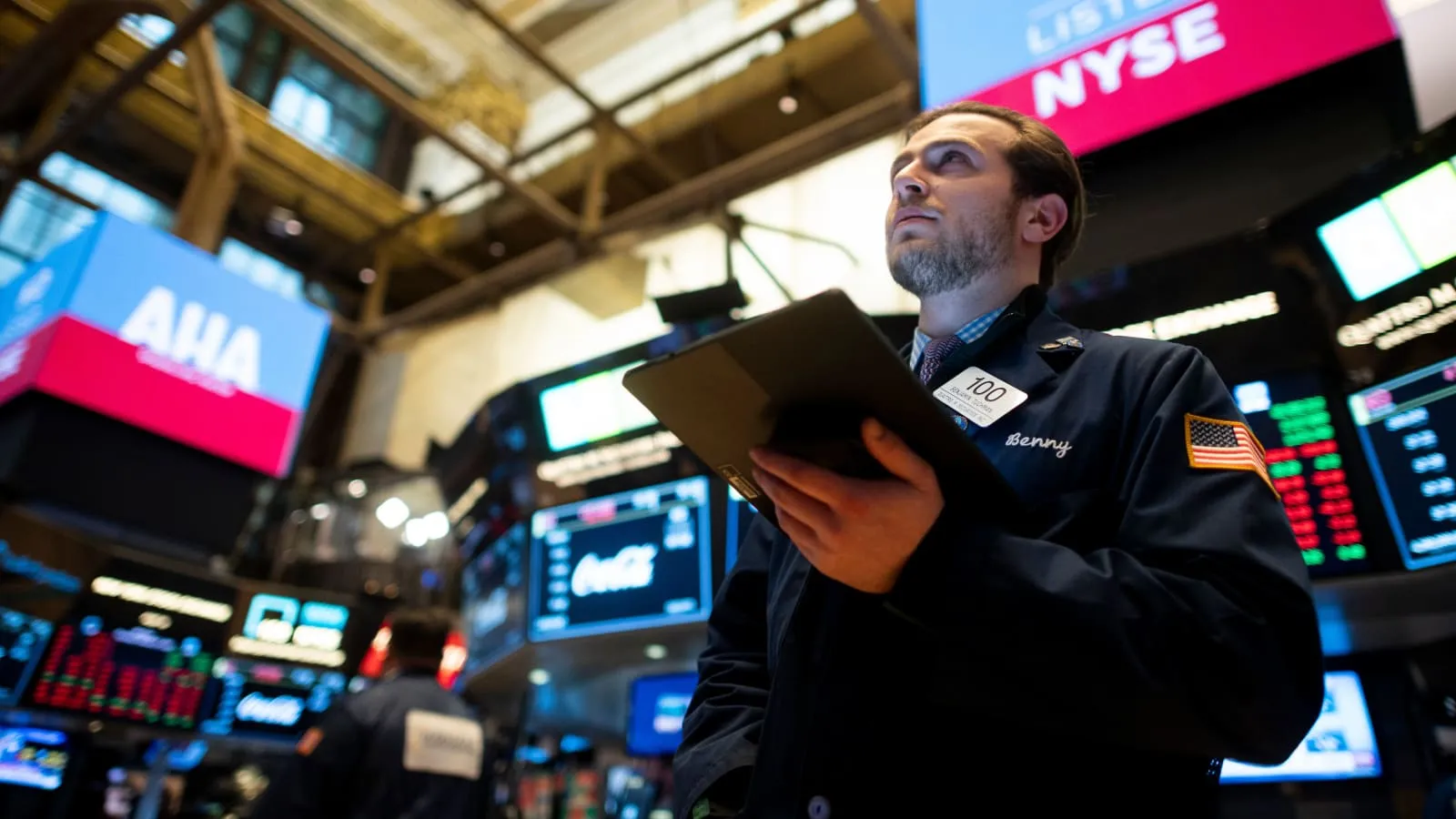Futures For U.S. Stocks Rise Following A Slowdown In Wage Growth In The Jobs Report
Stock futures in the U.S. rose early Friday after data showed that the pace of wage growth slowed in February, despite the fact that the U.S. labor market continued to add jobs at a robust rate during that month.
The nonfarm payrolls report for February showed the labor market continued to grow at a robust pace last month and the U.S. economy added 311,000 jobs at the end of February, a higher number than the 225,000 expected by economists polled by Trade Algol.
During the same period, average hourly wages grew by 0.2%, which was a slower rate than the 0.3% rate economists had predicted in the previous quarter. It was also less than the 0.3% increase that had been recorded in January.
When viewed as a whole, the report appears to have sent "mixed signals" to the market. There is some hope that inflation may be cooling based on the slowdown in wage growth, however, the pace at which jobs are being created may still be too robust for the Federal Reserve's liking, according to Jake Jolly, a senior investment strategist at BNY Mellon Investment Management.
A portion of Jolly's explanation for the market's initial reaction was the fact that "we had a bit of a downside surprise on the average hourly earnings." However, he said he wouldn't be surprised if this move reverses itself in the hours to come.
“It is certainly possible that by the end of the day, this early reaction may have changed. The data has enough mixed signals that it's hard to find a clear direction in the data,” according to Jolly.
In a speech earlier this week, Federal Reserve Chair Jerome Powell made the point that the "totality" of the jobs and inflation data will determine whether or not the central bank will be able to raise its policy interest rate by another 50 basis points at its meeting in March.
There is a need for investors to be "patient" before assuming that the Fed won't raise interest rates by 50 basis points in March as a result of the current economic conditions.
“The most important thing for us to do is to wait and be patient because next Tuesday we are going to receive more material information about inflation,” he said.
In addition to the continuing fallout from Thursday's sell-off in the banking sector, a second big story in the markets on Friday was a major drop in the SPDR S&P Regional Banking ETF KRE, which dropped 8% for its biggest drop since the very early days of the COVID-19 pandemic.
Bank health concerns contributed to nervousness after SVB Financial SIVB, -60.41% said it planned to sell equity to cover a nearly $2 billion hole caused by the sale of a loss-making portfolio of U.S. Treasury securities.
After Silvergate Capital SI, 5.11%, and KeyCorp KEY, -4.57% announced this week that they would be liquidating their banking subsidiaries, that marginal funding costs were increasing with the rise in market interest rates, and that net interest income would be negatively affected, this news comes as no surprise.
After a steep decline of about 60% on Thursday, SVB Financial's shares slumped 60% in premarket trade on Friday.
To help provide a cushion against unexpected losses, banks were required to buy Treasury securities after the 2008 financial crisis, in order to provide a cushion against future losses. As high-interest rates are forcing banks to carry unrealized losses on their bonds as a result of rising interest rates, this cushion may now be turning out to be a source of difficulties as well. At the end of the fourth quarter, the Federal Deposit Insurance Corporation said banks had $620 billion in unrealized losses in their portfolios, which it referred to as "an elevated level."
Banks, which traditionally borrow short and lend long, are feeling the strain of the inversion of the yield curve.
There was a decline in Treasury yields after the jobs data as investors bet that the data might allow the Fed to be less aggressive with its campaign of rate hikes in the wake of the jobs report.
After posting its biggest drop in two months a day earlier, the yield on the 2-year Treasury note, TMUBMUSD02Y, was down 15 basis points at 4.733%, the smallest decline in more than two months.

Subscribe to our newsletter!
As a leading independent research provider, TradeAlgo keeps you connected from anywhere.








